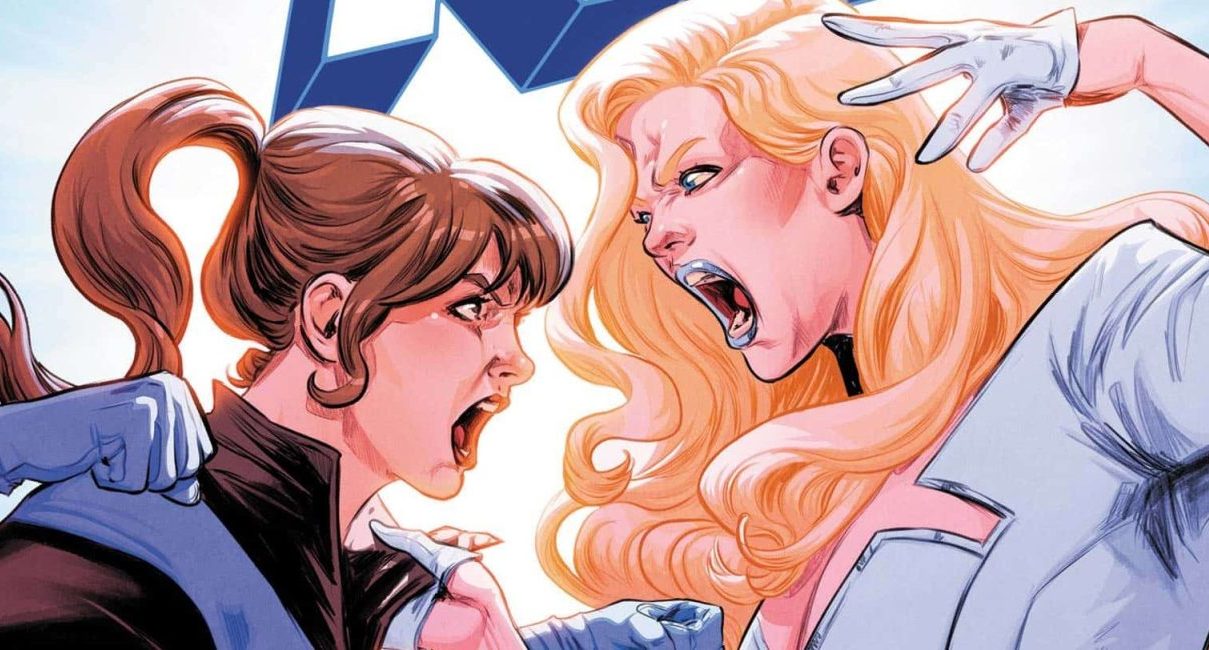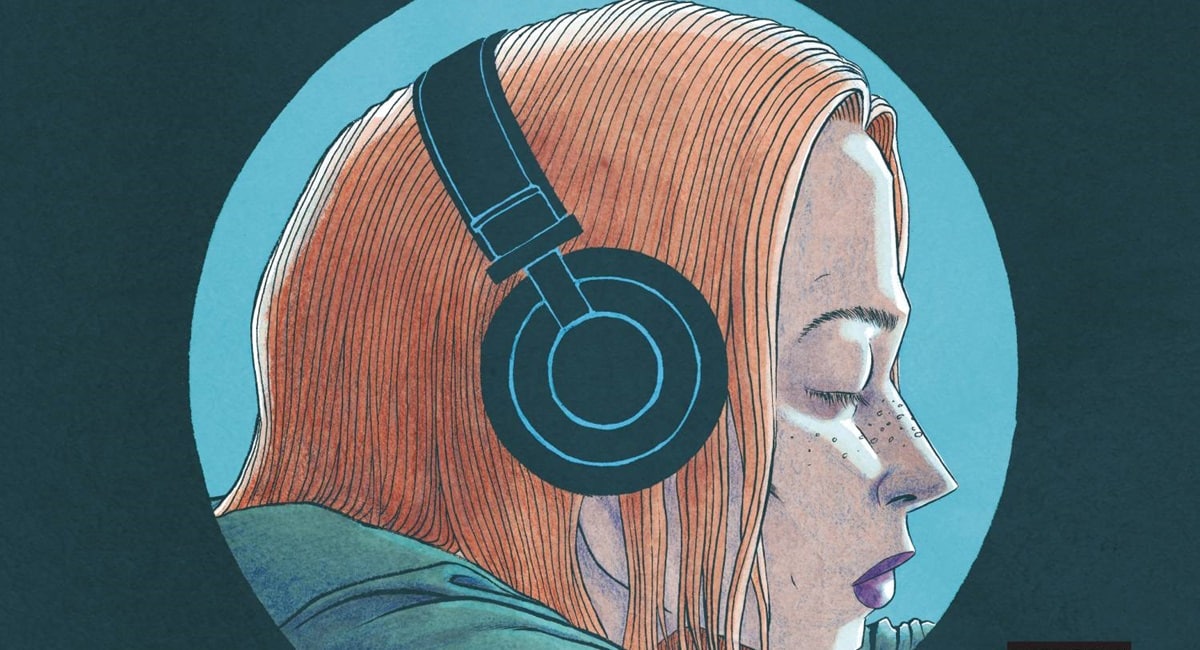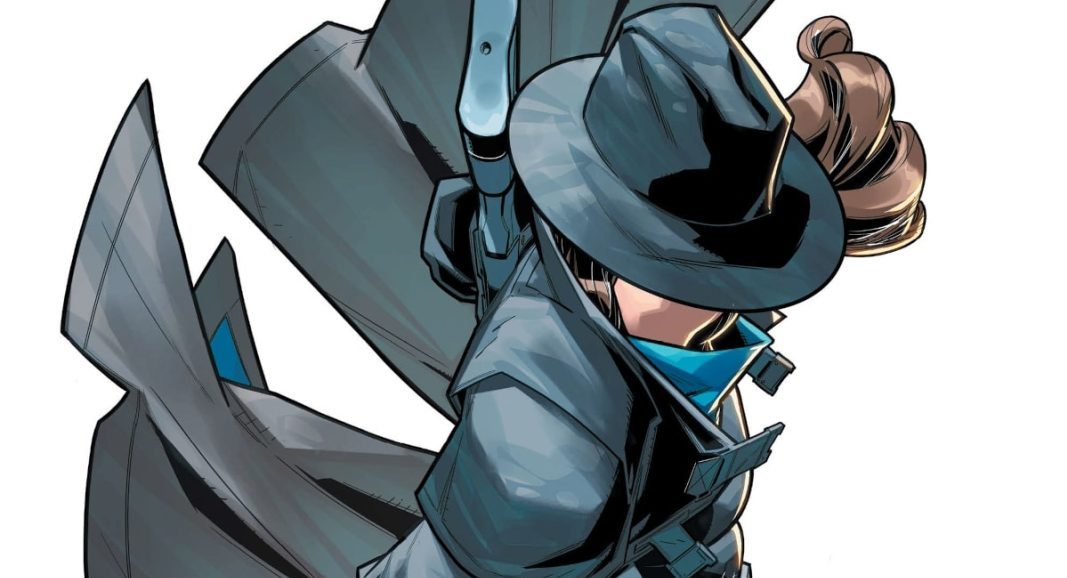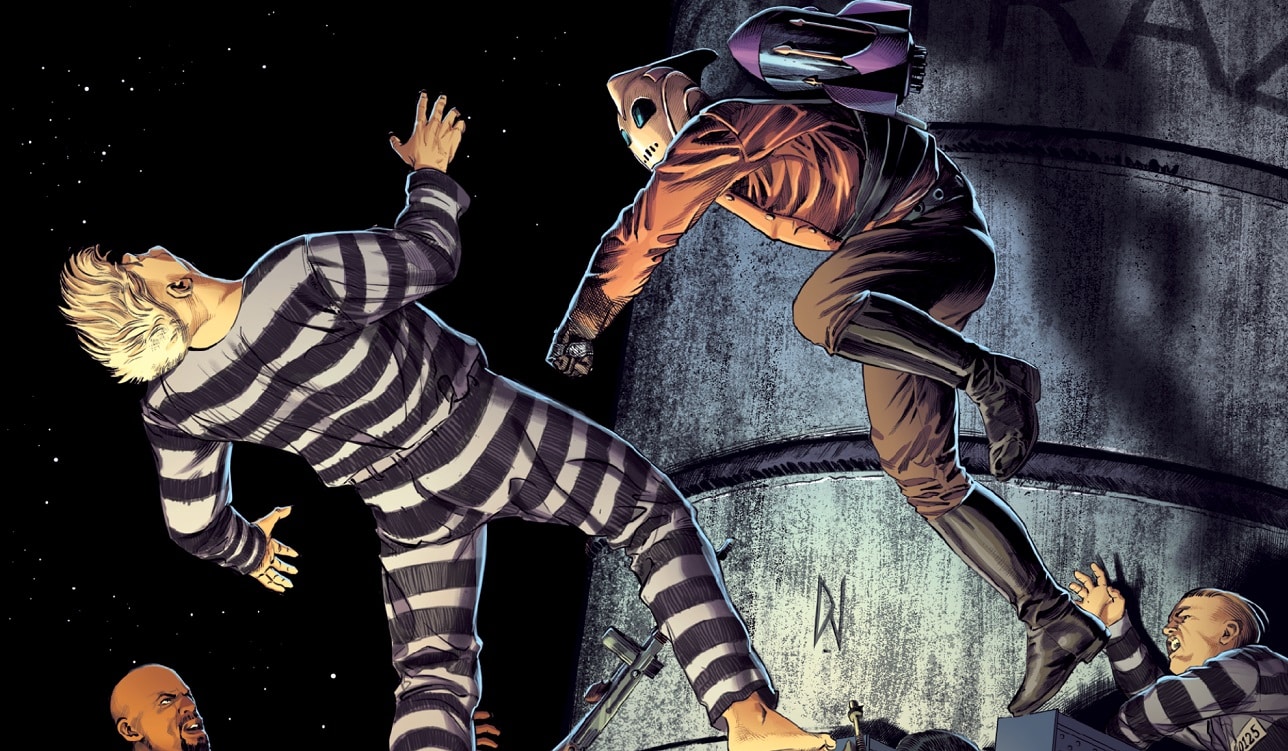Hagai Palevsky | November 5, 2024

Two figures arrive at a glorious city, now no longer inhabited but nonetheless gorgeously preserved. I say "figures," but in truth they are viewed from such a distance that they might as well be disembodied voices. They walk around for a while, oohing and aahing, but something feels off; their wonderment comes across as rehearsed, performative: for so long they've known this place to be awe-inspiring that they don't really know how to engage with it. Finally, one says to the other, "So like … think we ought to head out soon?"
This two-page narrative sticks out within its context. Unlike the other pieces that make up Safer Places, the debut collection of comics by cartoonist Kit Anderson, published from England's Avery Hill, "Wonders of the Lost City" (undated) has an edge of sarcasm to it. It is not readily infatuated with the world, lost or otherwise. Contrast this, for instance, with "Quest" (2022), whose five parts are peppered throughout the collection, as Anderson takes the figure of a fantasy-story wizard but strips away the epic narrative, with the wizard only dispensing modest acts of care and mercy toward animals.
Likewise, in the triptych "Sleep Tapes" (2022), the formal device of which is a riff on narrated guided-meditation apps such as Calm, the three pieces operate best as free-form environmental lyricism, though the cartoonist's focus on atmosphere sometimes renders the framing — the characters listening to these meditative narrations — superfluous. In these cases I can't help but think of Aidan Koch. Anderson shares Koch's desire to become lost — submerged — in her emotional and geographical vistas, but is too controlled, too anchored, to enter that state of fluidity. In this regard she does fare better with "Wallpaper" and "Whump" (both undated), where the brevity allows the cartoonist to focus not on narrative articulation so much as one core gesture. In the former, a protagonist gets lost in the simplistic still-life appeal of their computer wallpaper. In the latter, the two protagonists bask in nature in similar fashions while still leaving a divide between them, never interacting.

The collection's other chief concern, alongside these wonders of the world, is grief, though the relationship between the protagonist and the subject of grief shifts constantly. This force of emotional gravitation becomes apparent as early as "The Basement" (2022), the first complete story in the collection (barring the first part of "Quests" that opens it), and deals with the mourning of a recently-deceased grandfather. Here Anderson struggles with the overtness of her metaphor — a basement that is not technically supposed to exist, containing the items tethered to one's mourning — at the expense of the reality presented: there is no real grappling with the tangible realities of grief, only the generalized statement that the clutter is significant without its emotional significance actually being detailed. There are the makings of a potent story here, but one that would have benefited from actual, concrete experiential detail about who the deceased character was in life.
It's hard not to compare "The Basement" to the stronger, more focused "Their House" (2021, not included here), which is directly autobiographical, showing Anderson try to map out her late grandparents' home from memory. Here we experience, from a fundamentally more tactile, and thus more successful, angle, the reliance on memory that "The Basement" tries for – we are shown, not told, that memory creates its own priorities, warps reality against our wishes.
A similar dynamic asserts itself in "The World's Biggest Ball of Twine" (2022), in which the protagonist recreates on foot a trip taken with his now-dead partner. The formal conceit that heightens the story's impact — the present rendered in black and white, overlapped, Richard McGuire-like, with inset memories of the trip, rendered in color — over time become its undoing, as the core message (that every once-cherished memory, mundane though it may be in the case of the titular tourist trap, is inevitably overwritten by the mourning of participants since deceased) outweighs the actual personality of the events. By the time we actually see, in a flashback, the dynamic between the two lovers, it is naturally biased by our knowledge of the chronological end-point, calling into question whether its emotional impact is actually extant or merely signified with such tenacity that the reader knows where they are "supposed" to feel sad.
"Lookout Station" follows a similar emotional trajectory with a sci-fi premise; its lone protagonist, a "fire lookout" in a distant natural outpost whose sole companion is the station's holographic avatar which assumes the form of various animals, is plagued by memories of a past lover, and by the inexplicable compulsion to exit the station's perimeter. The station tries to keep the protagonist in check, to remind them of "the mission," but they are absentminded, distracted. The twist ending feels almost inevitable: when they exit the station, it turns out to be on a desolate, arid planet. Its fauna was a delusion all along; the world, just like the lover, does not exist, and the confrontation with this knowledge is an irreversible shock to the system. And yet the shock itself feels weightless, if only because all we know about this world, this love, is that it is lost – a permanent shadow, characterized only by negation.

Some stories do manage to escape this tentative streak. The Ignatz-nominated "Weeds" (2022), for instance, tells the story of a young woman struggling with a terminal disease that manifests as flowers sprouting out of her body. The protagonist, Jane, is trying to complete her thesis, straining to find a direction for work that becomes increasingly futile given her impending mortality. Though Jane is torn between the emotional duality that much of Anderson's work is premised upon (the beauty of the world, expressed both in her poetry and in the pointedly-lyrical nature of her disease, contrasted with the certainty of loss and finitude), "Weeds" — the strongest piece in the collection by some distance — does well to render its protagonist's struggle in concrete terms: she has something real, embodied, to push against.
Interestingly, Anderson does tend to linger on environments of nonexistence, whether these are spaces that are dead and gone, as is the case in her stories of mourning, or which never existed in the first place and that by design convey a nonspecific, catch-all comfort, such as in "Wallpaper" or "Sleep Tapes." Sometimes, this nonexistence is even a call to action: "Fallow," another one of the collection's stronger pieces, sees an aging farmer tear apart his ancestral farm in order to make the birds of his childhood once again feel welcome in the area. His more practical son fails to understand the reasoning, and indeed there is no guarantee that this act of rewilding will prove successful in time. Here, then, we may find a point of potential anxiety: that these "safer places" are indeed safe — that safety, indeed, even exists.

Anderson's cartooning is handsome and pleasant, its appeal immediate and comfortable. Her brushstrokes are thick but controlled, her detailing broad but pointed. More than anything, there is the sense that she is aware of any stylistic shortcomings, which she attempts — and largely succeeds — to plaster over by using different tools for different stories. The blue and red colored pencils of "Weeds" have a more tender feel than the faintly-tremulous pen of "The World's Largest Ball of Twine."
But underlying it all is a lack of confidence in whether or not the author's message will be picked up on, resulting in an excessive neatness; the emotional texture is all-encompassing, leaving little negative space, little distinction of particularity. When you are told, for so long, how to feel, how to respond, but not why, at some point you feel like your work as a reader is already cut out for you. You're glad, perhaps, that you came, that you saw it for yourself – but before too long you'll start to think to yourself, "I think I ought to head out soon."




















 English (US) ·
English (US) ·